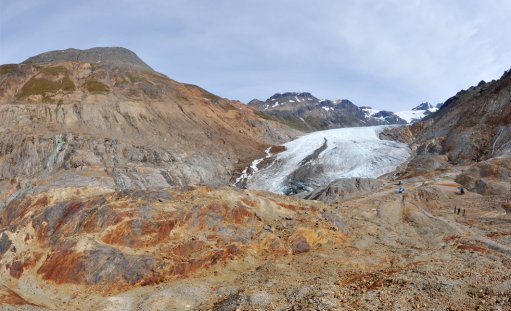
Photo by: Seabridge Gold
TORONTO (miningweekly.com) – One of the world’s largest undeveloped gold and copper projects, Seabridge Gold’s KSM project, in north-west British Columbia, has received the nod of approval from Canada’s Minister of the Environment Leona Aglukkaq, marking the end of a nearly seven-year journey to complete the joint harmonised federal and provincial environmental assessment process.
KSM was only the second metal mine in five years to receive approval by Canada and British Columbia. It is the world’s largest undeveloped gold/copper project by reserves.
According to the TSX-listed firm’s 2011 updated prefeasibility study on the KSM project, it contains National Instrument 43-101-compliant proven and probable reserves of 38.5-million ounces of gold and 9.9-billion pounds of copper.
Aglukkaq had approved the KSM project, agreeing with the Canadian Environmental Assessment Agency’s conclusion that the KSM project was not likely to have significant adverse environmental effects taking into account implementation of the mitigation measures described in the ‘Comprehensive Study Report’ for the project.
The Minister had also issued a ‘project recommendation’ under the Nisga'a final agreement that included provisions to mitigate adverse environmental effects on the Nisga'a Nation.
British Columbia’s approval in July recognised more than six years of community, government and aboriginal engagement in both the province and Alaska. The Nisga’a Lisims government, as well as the Tahltan, Gitxsan, Gitanyow and Skii km Lax Ha First Nations had accepted the project.
With both federal and provincial approval and permits in hand to start early-stage construction, Seabridge was well positioned to secure a financing partner.
Over its 52-year mine life, KSM (comprising the Kerr-Sulphurets-Mitchell deposits) was expected to be a significant driver for economic development, generating 1 800 direct and 4 770 indirect jobs across Canada during the five-year construction period and 1 040 direct jobs a year while in production.
During construction, Seabridge would spend $3.5-billion in British Columbia and $6-billion in Canada. Over the life of mine of the operation it would contribute more than $400-million in gross domestic product for British Columbia and more than $42-billion for Canada.